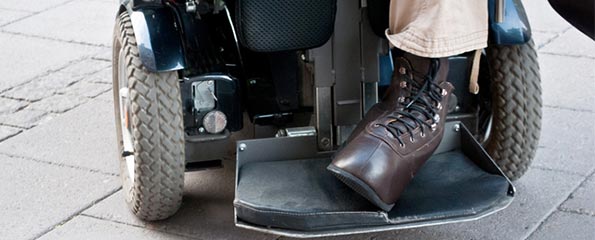This study was designed to determine whether post-operative pain following a tonsillectomy can be reduced by adding an antacid-like medication to the medications taken after surgery. It is hypothesised that even a small amount of stomach acid backing up and entering the mouth can increase post-tonsillectomy pain. Therefore, the use of an antacid-like medication should help to decrease pain and reduce the amount of narcotic medication required for pain control.
Official Title
The Effects of Gastro-Esophageal Acid Suppression on Post-Tonsillectomy Pain.
Conditions
- Post-Tonsillectomy Pain
- Post-Tonsillectomy Activity
- Post-Tonsillectomy Hydration
Study Type
Interventional
Study Design
Treatment, Randomised, Double Blind (Subject, Caregiver, Investigator), Placebo Control, Parallel Assignment.
Further Details
Primary Outcome Measures:
- The primary outcome is the number of days to become free of narcotic pain medication.
[Time Frame: 2 weeks]
[Designated as safety issue: No]
Secondary Outcome Measures:
- The secondary outcomes are the number of days to be free of pain, the number od days to return to normal activity levels and the number of days to return to normal fluid intake.
[Time Frame: 2 weeks]
[Designated as safety issue: No]
This study has been limited to children and adolescents ages 5-18 who are undergoing tonsillectomy for an indication of obstructive sleep disturbance (snoring, choking/gasping or pauses in breathing during sleep.)
Study participants will be randomised to two groups: study medication (Lansoprazole) or an inactive substance(placebo).
Participants will be asked to do all of the following:
- Take the study medication twice a day for 14 days.
- Keep a log book which will include:
- Record the medications and amount of each medication taken each day for 14 days. This includes pain medication and the study drug.
- Record your child’s activity level daily for 14 days.
- Collect your child’s urine one time daily and test it using special medicated strips to monitor their daily liquid intake for 14 days.
- Meet with a Research Assistant or Study Physician 14-21 days after the study to collect the log book and perform a post-operative examination.
Study Start
December 2007
Eligibility & Criteria
- Ages Eligible for Study: 5 Years to 18 Years
- Genders Eligible for Study: Both
- Accepts Healthy Volunteers: Yes
Inclusion Criteria:
All healthy children ages 5-18 years scheduled for tonsillectomy and /or adenotonsillectomy for sleep disturbance secondary to airway obstruction at Children’s Hospital Boston
Exclusion Criteria:
- Patients on any medications other than the study drug (Lansoprazole or placebo), Amoxicillin®, and acetaminophen with or without codeine
- An underlying medical condition which would necessitate an alteration in the anesthetic regimen
- Patients allergic to any of the medications in the protocol
- History of chronic tonsillitis
- History of chronic pain conditions
- History of active gastro-esophageal reflux disease
- Surgery in addition to tonsillectomy/adenotonsillectomy (except for myringotomy)
- Cognitive/developmental disorders
- Inability to use a self-report pain scale
Total Enrolment
150
Contact Details
Manali Amin, MD
617-355-5116
manali.amin@childrens.harvard.edu
Location:
Children’s Hospital Boston
Boston, Massachusetts
United States, 0211
All content and media on the HealthEngine Blog is created and published online for informational purposes only. It is not intended to be a substitute for professional medical advice and should not be relied on as health or personal advice. Always seek the guidance of your doctor or other qualified health professional with any questions you may have regarding your health or a medical condition. Never disregard the advice of a medical professional, or delay in seeking it because of something you have read on this Website. If you think you may have a medical emergency, call your doctor, go to the nearest hospital emergency department, or call the emergency services immediately.







